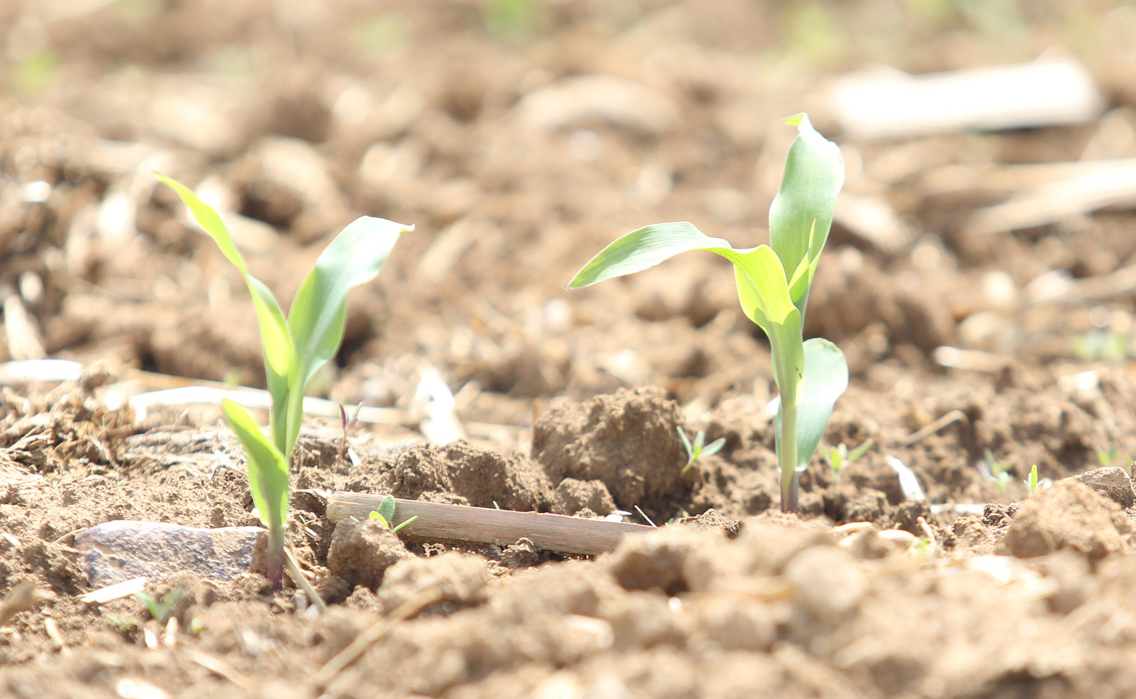Plant Growth Reflects Varied Weather

According to agronomists, plant growth across the Midwest has reflected the varied weather as of late. In most states, both corn and soybean growth differs greatly by region, and is dependent on the amount of rainfall in the weeks since the cool, wet spring weather subsided. States with relatively consistent growth levels include Wisconsin, Iowa and Ohio.
In Illinois, Minnesota and Michigan, weather complications (either extremely wet or extremely dry conditions) following the spring have led to poor root development in corn. In Illinois and Michigan especially, poor development was caused by excessively dry weather following the early rains.
Summer Weather Affects Nitrogen Management
Wet summer weather in some states has affected nitrogen management in crops, especially in South Dakota, Minnesota and Iowa. Nitrogen loss can be a result of leaching; this is especially important in mid-June and early July.
Insect, Disease and Weed Pressure
Insect pressure has been mixed across the Midwest, with Michigan and Minnesota experiencing little to no significant pressure. Agronomists in Indiana and Ohio have found Japanese beetles in corn fields, and agronomists in South Dakota have reported corn borer.
Most disease pressure has been confined to wetter territories. Early-season diseases are being seen in soybean fields in South Dakota, and root rot is present in the wet regions of Iowa. Agronomists in Wisconsin have noted anthracnose leaf blight and northern corn leaf blight in corn, and Goss’s wilt and septoria brown spot in soybeans.
Weeds have been cropping up in the drier areas of the Midwest. Marestail is present in Michigan, and both waterhemp and Palmer amaranth have been found in Illinois fields.

